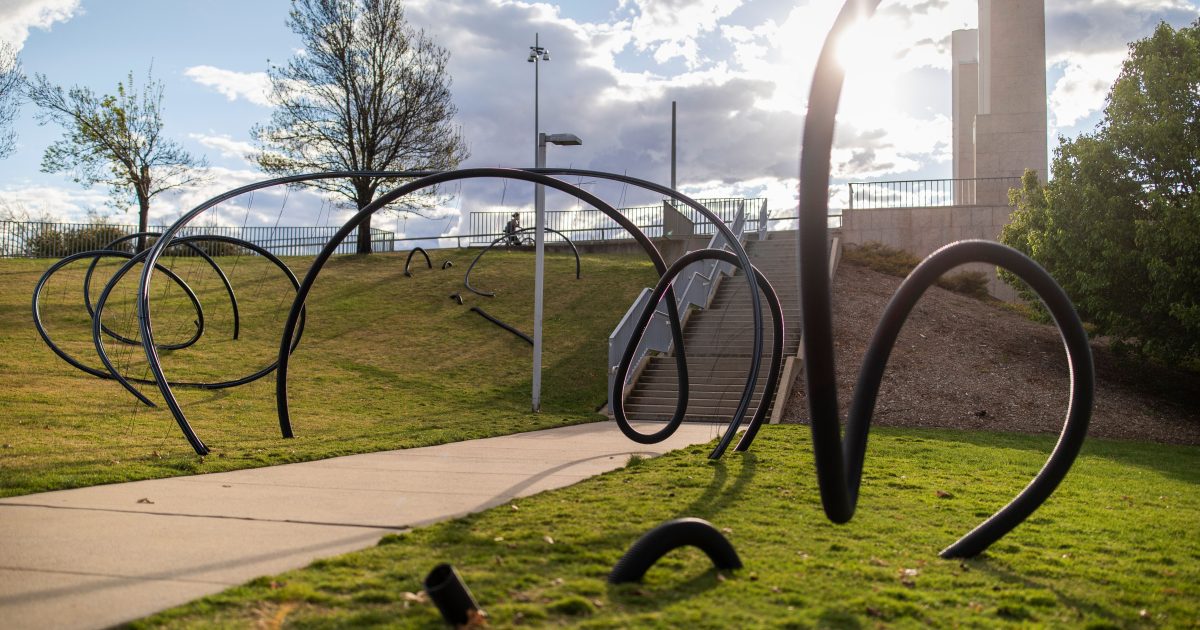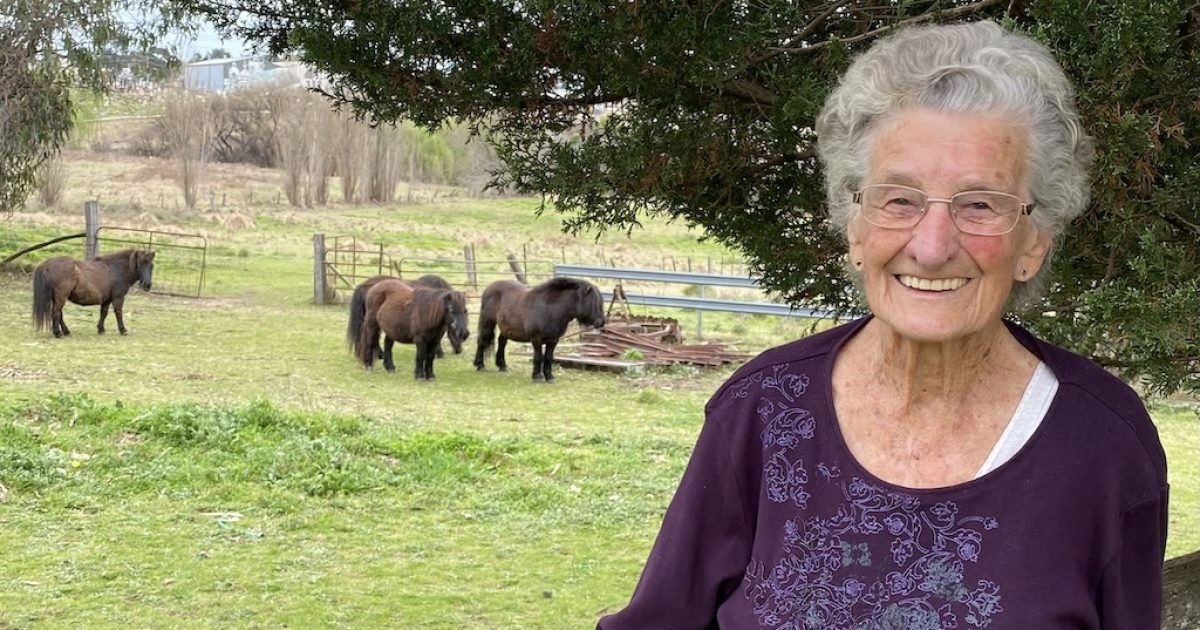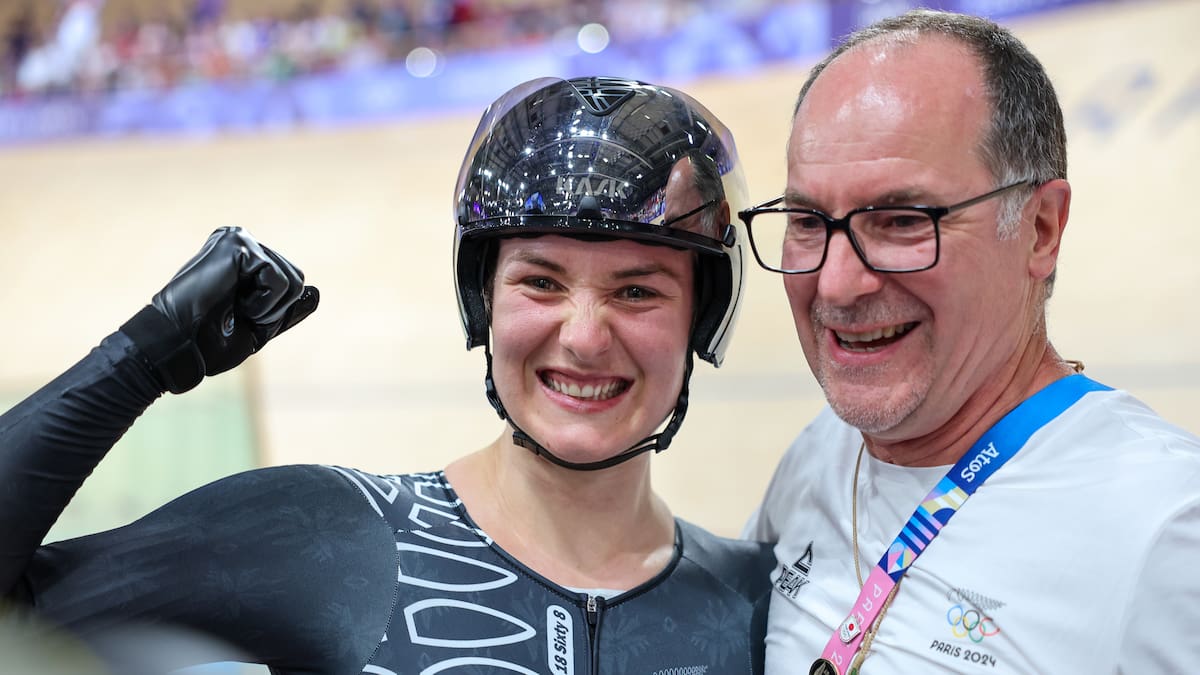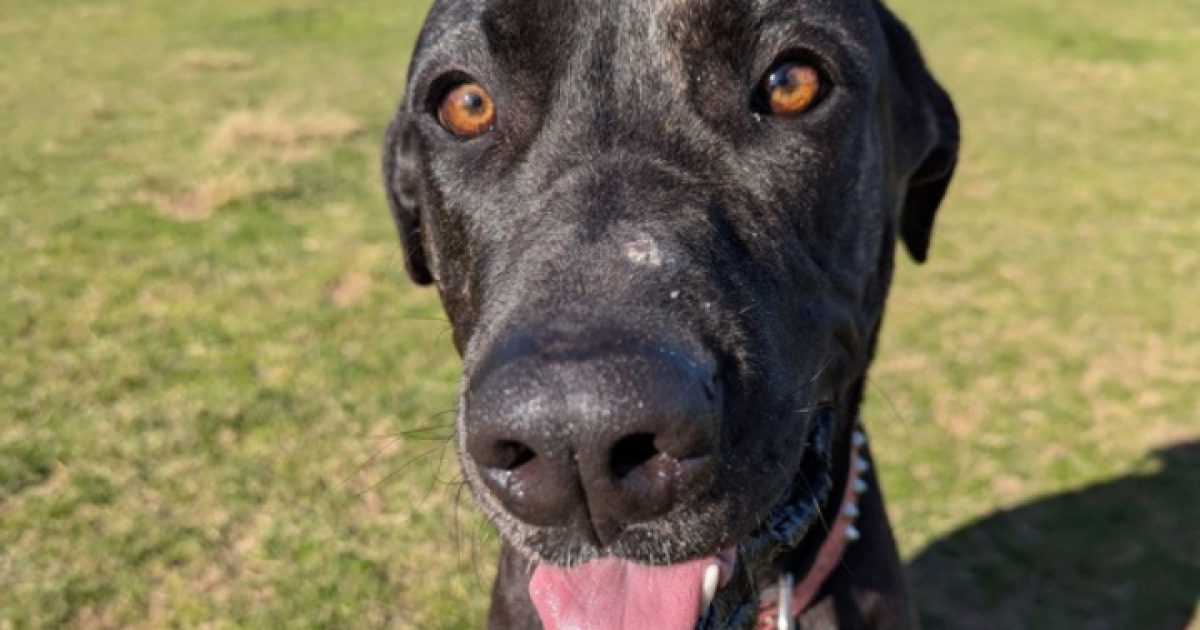Whimori by Jae Kang (2018) features ag pipe, irrigation pipe, spaghetti tube and steel rod armature placed at Southside Lake near the National Library. Photo: Sean Davey.
It once lined Lake Burley Griffin with sculptures, sound and light instalments to delight the many Canberrans who walked, ran and cycled its paths. But the art festival formerly known as Contour 556 has come into its own – and it has a new name to prove it.
Spilling into parks, the city, the airport, the Arboretum and other spaces across the nation’s capital, the Canberra Art Biennial this year takes a definitive step closer to what founder Neil Hobbs always intended.
“It was always meant to be a national event,” he says. “The name Contour 556 tied into the water level of the lake, so it responded to Canberra, and the artists who have been involved in it since the beginning still refer to it that way. But that name doesn’t hold much meaning outside of Canberra.
“To capture the culture and art touring crowds and help them understand what it was, and really push the national status of the event, we decided to simplify.”
The 2024 edition of the Biennial aims to set new standards in artistic excellence and innovation, further cementing Canberra’s reputation as a hub for cultural and artistic expression. But the aim remains: place public artworks in and around Canberra’s design landscape to challenge people to revise their perceptions of the spaces they use regularly and see if it affects their feelings about them.
Aside from being in and around galleries, creative spaces and national institutions across Canberra, works will be installed on major streets including Constitution Place and London Circuit, at indoor locations such as Canberra Airport and The Vault, at outdoor spots Lennox Gardens and Mount Stromlo Observatory – and beyond.
This year artsACT funding has also brought in creative producer Tegan Garnett and a digital producer, assisted by interns from a pool of University of Canberra (UC) marketing and graphic design students.
The result is a program rich in highlights, including an official launch on Friday 27 September at Canberra Contemporary Art Space and a concurrent opening night exhibition, brought to Canberra Contemporary Artspace (CCAS) by the owners of Sydney experimental art space sydenham international, Consuelo Cavaniglia and Brendan Van Hek.
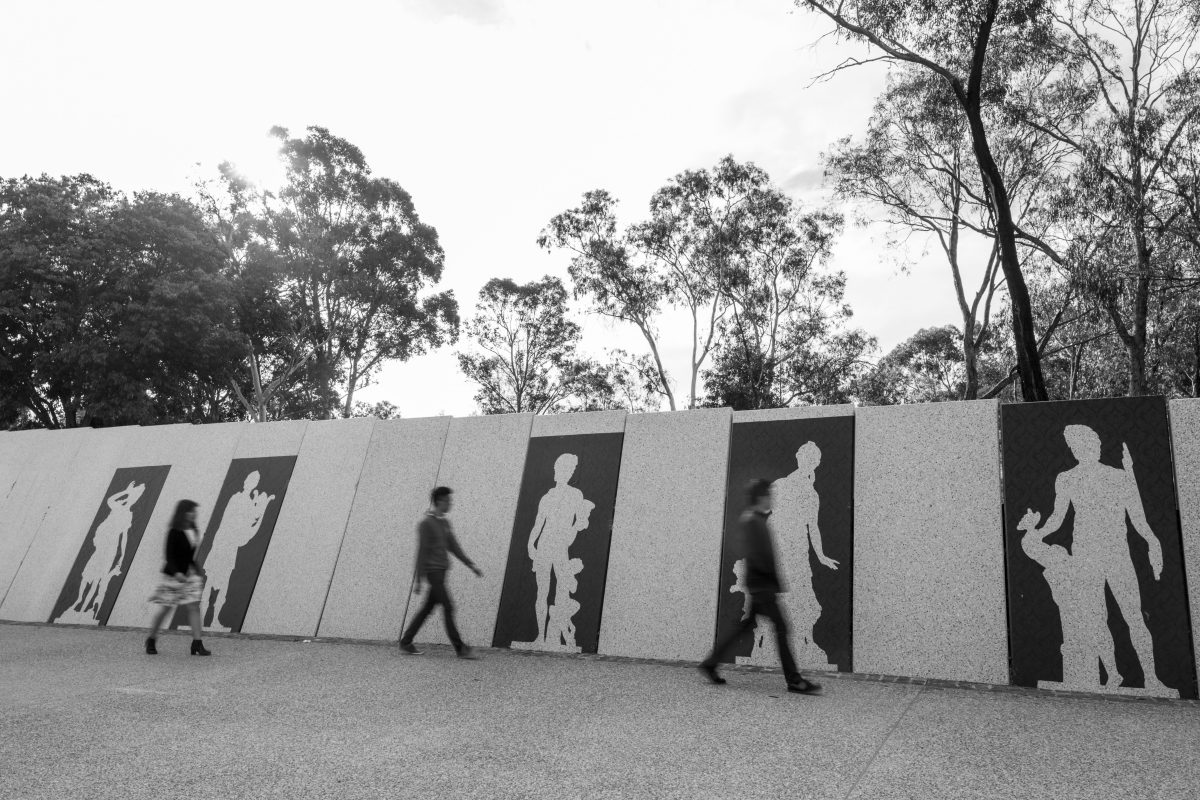
One Place in Another by Gary Carsley (2016) used wallpaper, flour-based glue and precast concrete blades to adorn these walls at Bowen Place. Photo: Sean Davey.
Witness, Collector, Archivist, Narrator brings together works from 10 artists from all over Australia, using a range of mediums from audiovisual to textiles and everything in between to tease out the theme of “documentation”.
“We’ve prioritised working cross-generationally in our program at sydenham international and we bring that to this exhibition,” Consuelo says.
“The resulting conversation between the works is exciting – you have different energies among them. Some artists are testing out materials and finding ways to communicate an idea, and then you have the likes of Canberra-based mid-career artist Louise Curham, who is so knowledgeable about film as an art form.”
The opening of the guest-curated exhibition offers a chance for the public to meet some of the artists and for visiting artists to network with the local art community.
“It also provides us a chance to tap into our networks and bring some different voices to Canberra, ones that might not be curated into an exhibition in the nation’s capital otherwise,” Consuelo says.
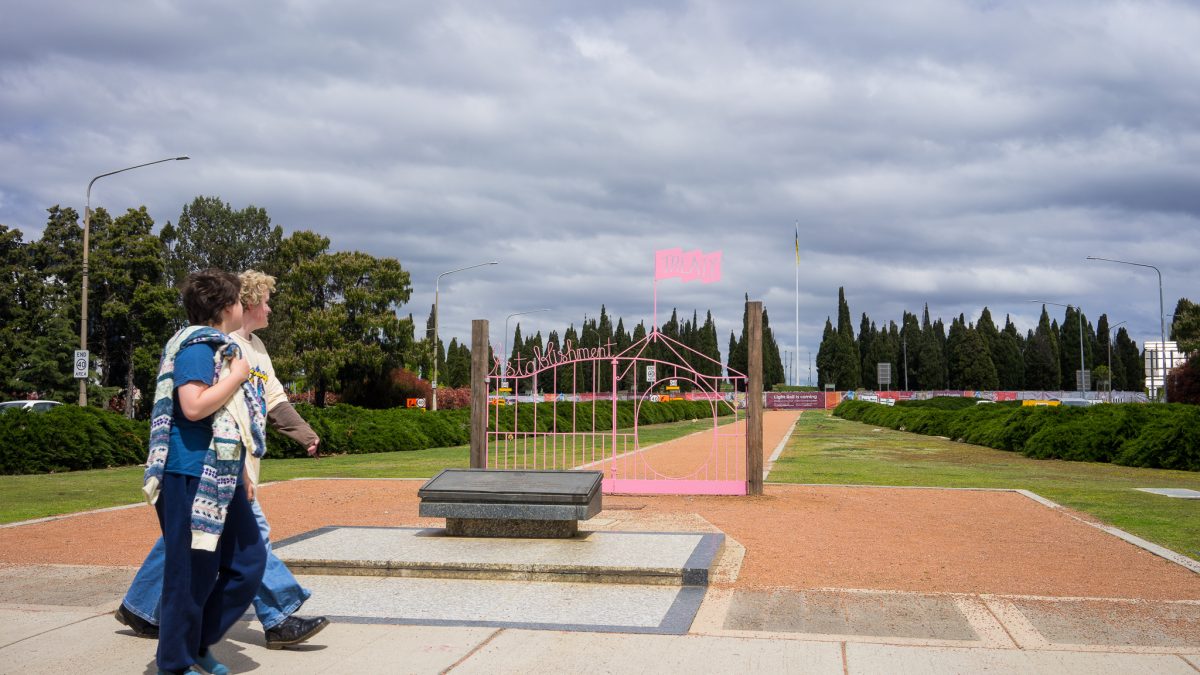
Settlement #5 (Establishment / Treaty) by Elvis Richardson (2022) used modified found cast iron gates, paint and recycled timber for this instalment at the Northbourne/London Circuit intersection. Photo: Heeseon Jung.
After opening night, diverse works across Canberra are expected to stop visitors in their tracks.
Wiradjuri artist Jazz Money and Walgalu/Wiradjuri artist Aidan Hartshorn, whose works can be seen in front of Commonwealth Place and at the Mixing Room Gallery respectively, join several Indigenous artists in the program.
Glasswork artist Louis Grant has taken his work off-plinth with his first large-scale sculpture in powder-coated steel, displayed outside the Legislative Assembly Plaza.
“That’s another thing the festival has always done – taken artists outside their usual practice,” Neil says.
The artworks, interactive installations, live performances and ambitious exhibitions will be complemented by events such as Localjinni’s Lakeside Moonwalk – a walking film and sound show created by local artists and inspired by urban play which invites audiences to reimagine the National Triangle and experience the night in a new way.
Food lovers won’t want to miss the Palate Cleanser dinners when Canberra welcomes home Manzé head chef Nagesh Seethiah (Naarm) to present two nights of Mauritian cuisine in collaboration with Such And Such Restaurant.
Biennial 2024 film curator Hannah De Feyter will present Third Run Cinema, a series of independent and arthouse films showing each Tuesday night during the festival.
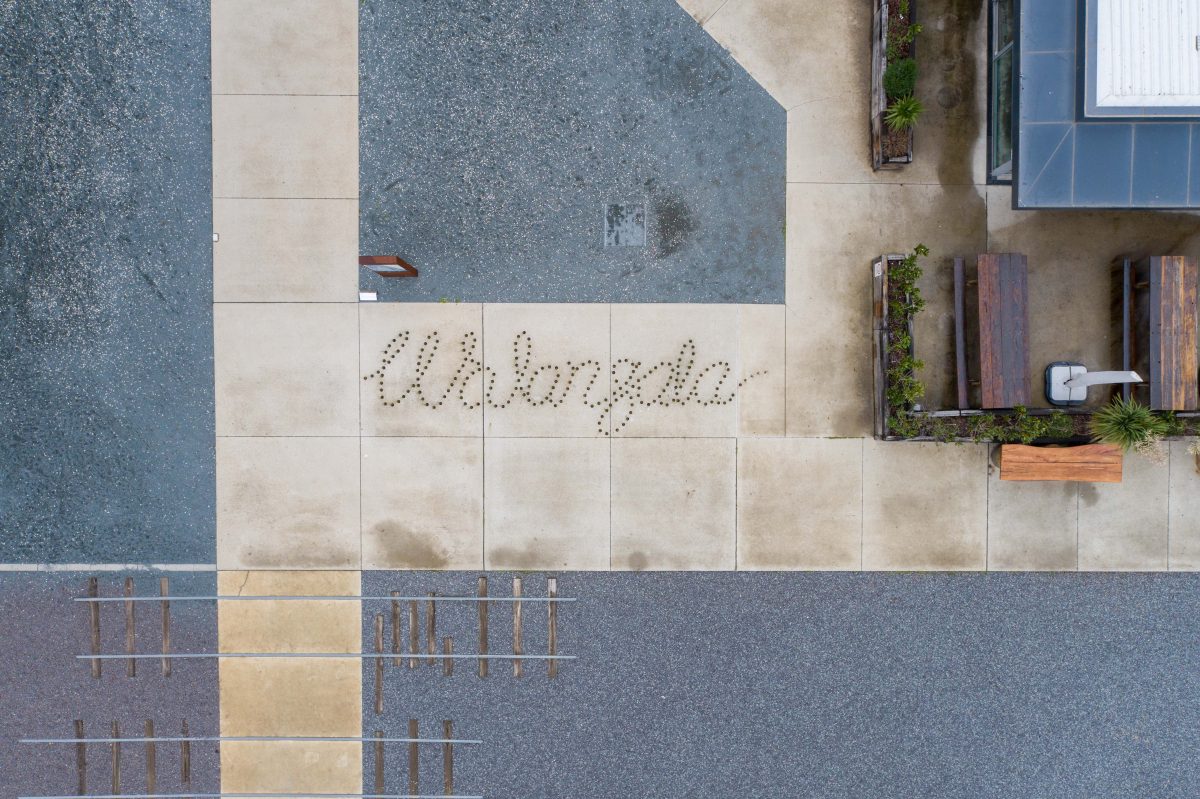
Walangala by Megan Cope (2020) featured core-drilled holes, potting mix and Poa labillardieri (tussock grass) at Canberra Glassworks. Photo: Chris Bulloch.
On the closing Friday at the National Arboretum and Friday at Lennox Gardens, Sanné Mestrom’s “playable art sculpture” will allow children and adults to interact with the work.
“It’s made of those large parts you can put together, and they’re reminiscent of that 50s Picasso style of shapes and forms,” Neil says. “It’s an amazing opportunity for kids to learn about scale and space and how they fit in it, but also about how to play – and not just for kids.”
Canberra Art Biennial takes place from Friday 27 September to Saturday 26 October.

